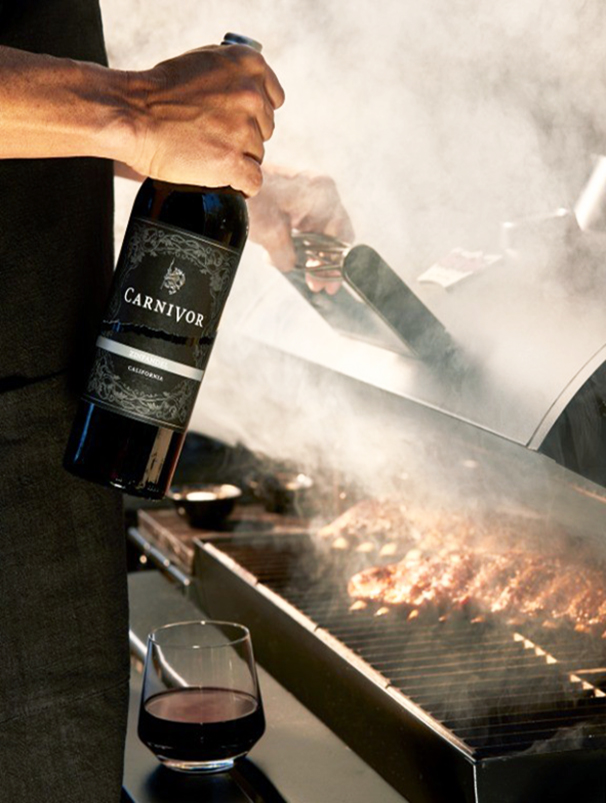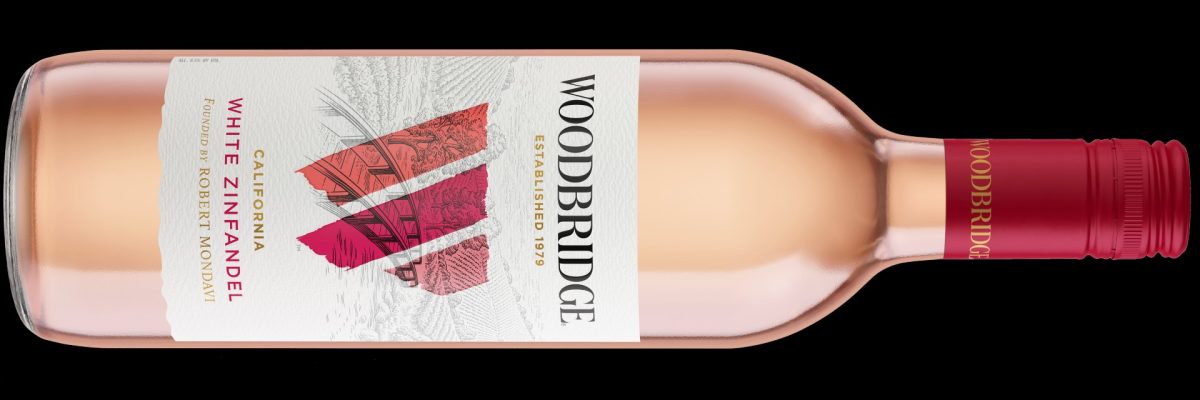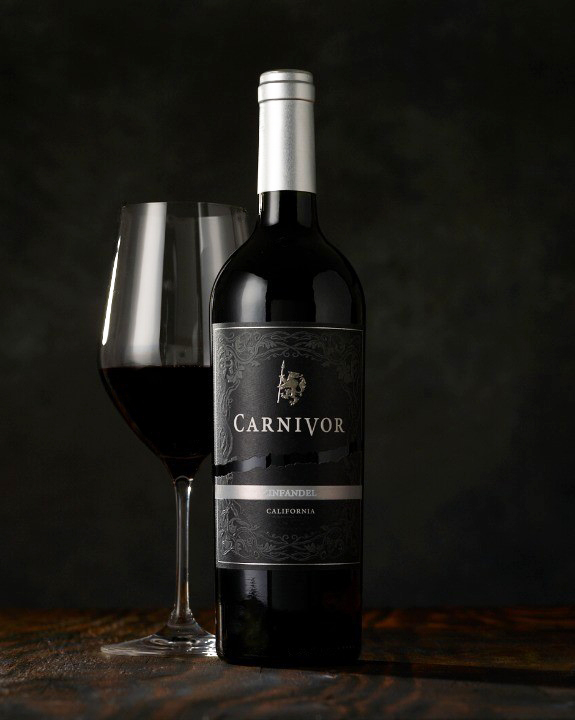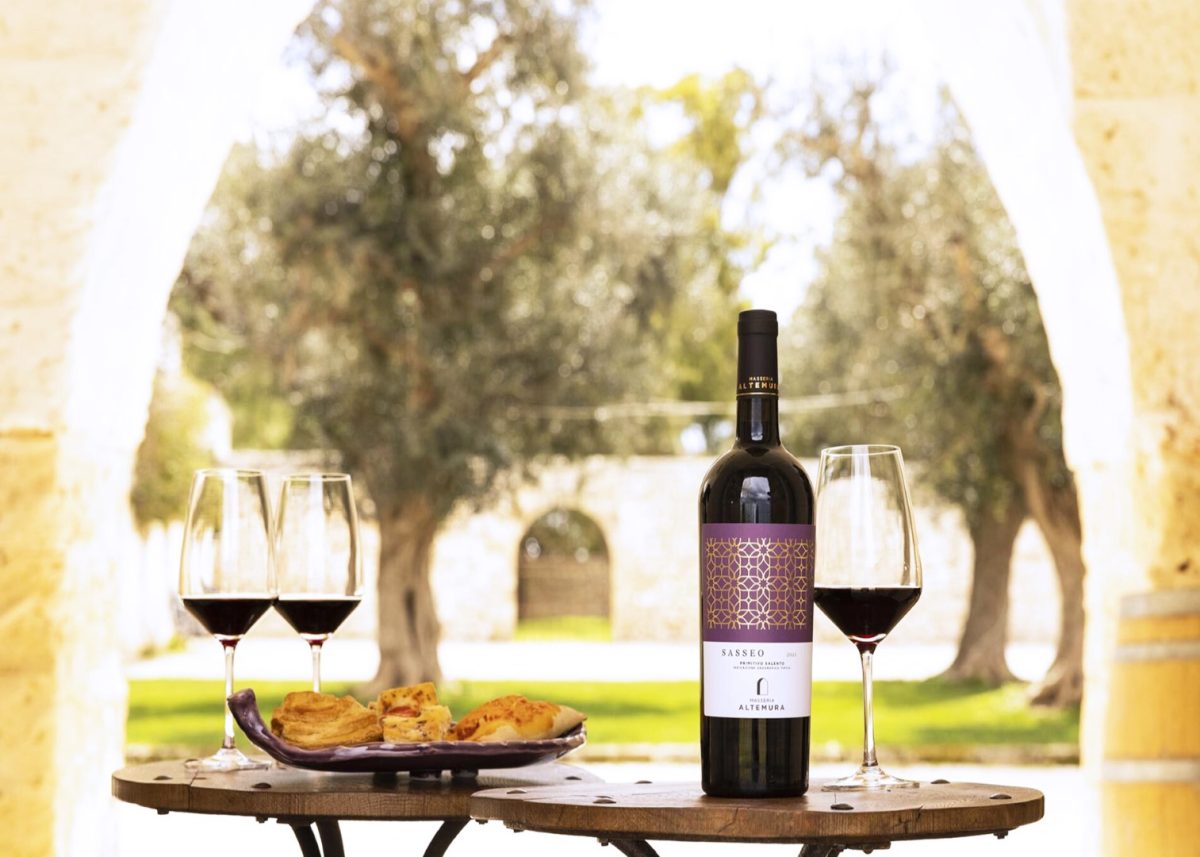Review: WIP on the Park
April 28th, 2025
With thousands of grape varieties known to winemakers, a variety starting with the letter ‘z’ somehow captures our attention as we set about to sample some wines made from Zinfandel (ZIN-fan-dell) grapes. Zinfandel is a popular black-skinned wine grape variety grown in the United States which is the genetic equivalent of the Primitivo variety traditionally grown in several Italian regions. Primitivo found its way to the United States in the mid-19th century where it typically produces a robust red wine. However, such is its versatility, in the United States a semi-sweet Rosé or blush-style wine called White Zinfandel enjoys some six times the sales volume of its red wine version.

The grape variety has an even more fascinating history, with Croatia once having several indigenous varieties related to Zinfandel. The arrival of Zinfandel in the United States may have been via the Imperial Nursery in Vienna, Austria, which obtained the vines during the Habsburg rule over territory along the Dalmatian coast. The name Zinfandel is thought to come from the Hungarian Tzinifándli, which originated from the German Zierfandler (a white grape grown in Austria). Academics continue to debate a connection with Croatian grape varieties such as Plavac Mali, Pribidrag, Tribidrag, Dobričić, and Crljenak Kaštelanski.
Zinfandel was transplanted in California during the gold rush of the 1850s. It’s fair to assume this is a much travelled grape variety. The first California Zinfandel wine was made at the Oak Knoll Vineyard near Napa in the mid-19th century. Planting of Zinfandel boomed, and it soon became the most widespread variety in the state. This persisted until the prohibition era in the 1920s, when most vines were ripped out. It continued to lose favour with viticulturists until the 1970s, when there was a resurgence and a recognition that it was ‘California’s own red grape.’

In the early 1970s, Sutter Home Winery made a Zinfandel labelled Oeil de Perdrix (Eye of the Partridge), a Swiss-styled Rosé. However, the authorities demanded an English name, so it became known as White Zinfandel (no one knows why it wasn’t named more logically as Pink Zinfandel). This evolved into a sweeter, pink-coloured wine that proved to be astoundingly popular then and still is as, the style called ‘blush’. Though Sutter Home’s Wine Zinfandel introduced wine to untold numbers of Americans during the late ’70s and through the ’80s, wine critics never took to this style, as it was on the sweeter side, and fairly low-alcohol (typically 9.5 to 10%). However, those critics did take notice when red Zinfandel came back into fashion at the end of the 20th century. Both red and white Zinfandel are made from the same grape variety but are processed differently in the vineyard.
The European Union recognized Zinfandel as a synonym for Primitivo in 1999, but the situation in the States has changed, and the wine must now be labelled according to whether it is Zinfandel or Primitivo.
Zinfandel is grown across the continental United States, although California has the largest acreage. US producers make wine in styles that range from late harvest dessert wines to Rosés (White Zinfandel), Beaujolais-style light reds, big hearty reds, and port-like fortified wines. There are also small Zinfandel plantings in Western Australia, Mudgee (NSW), the McLaren Vale (South Australia) and South Africa.
Red berry fruit flavours like raspberry predominate in wines from cooler areas, whereas blackberry, anise and pepper notes are more common in wines made in warmer areas. Here are three different variations of Zinfandel.

Woodbridge is the everyday drinking label of Napa Valley winemaking legend Robert Mondavi. The grapes are mostly sourced from Lodi in California, east of San Francisco, where the Mondavi Family set about to make approachable, fruit-driven wines. This wine is a fruit salad blend of Zinfandel, Muscat Alexandria, Grenache, Muscat Hamburg, and French Colombard grape varieties. Combined, they produce juice with high sugar content, with Zinfandel often praised for its ability to reflect both terroir and the winemaker’s style and skill. This wine is slightly sweet, with clean acidity, intense aromas, and flavours of watermelon, cherry and strawberry. The Woodbridge White Zinfandel is bright and crisp, making it an ideal wine to enjoy on a warm Malaysian afternoon. Its low alcohol (only 10%) and salmon colouring also make it an ideal aperitif or a wine to complement lightly spiced dishes. Erick Schultz, Woodbridge’s lead winemaker, is a fan of Zinfandel. He has noted, “Early in my winemaking career, Zinfandel was my favourite to explore, its wild flavours and complexity inspiring my passion for wine. Every sip of this Zinfandel rekindles that early excitement, reminding me why I fell in love with this remarkable varietal.”
Producer: Woodbridge
Style: White Zinfandel
Region: California
Vintage: Not Listed
Grape Varieties: Zinfandel and other varieties
Alcohol Content: 10%
Closure: Cork
Price: RM100

Zinfandel is grown in approximately 11% of California’s vineyards, placing it third behind Chardonnay and Cabernet Sauvignon and just ahead of Merlot. The Carnivor team enjoys big bold wines, but with a smooth finish, and its winemakers set about to create such a wine. Red Zinfandel wines have often been criticized for being too alcoholic, although modern winemaking ensures most commercial Zinfandels are more approachable with lower levels of alcohol. As such, this Zinfandel is perfect with red meat, especially prime cuts of beef (hence, what most of us would spell as carnivore). Savoury hints of wild blackberry jam, black cherry and plum are evident, and it finishes with lingering notes of vanilla and almond. A portion of the blend was aged in French and American oak for four to six months to balance the wine while softening the tannins. A small amount of Cabernet Sauvignon was also added to the blend to enhance the wine’s colour and structure.
Producer: Carnivor
Style: Zinfandel
Region: California
Vintage: 2020
Grape Varieties: Zinfandel and Cabernet Sauvignon
Alcohol Content: 14.5%
Closure: Cork
Price: RM106

Primitivo, Italy’s 12th-most widely planted grape variety, thrives in Apulia, a coastal region in the ‘heel’ of Italy. The first documented use of the term Primitivo appeared in Italy in the 1870s. The name is derived from the words primativus or primaticcio, which refer to the grape’s tendency to ripen earlier than other varieties. When an American wine expert visited Italy in 1967, he noticed that the wine made from Primitivo reminded him of Zinfandel. Wine academics got to work, and it was declared identical to Zinfandel in 1972. The variety is also used to add texture to some of the ‘thinner’ wines produced in northern Italy. Today, most Italian Primitivo is made as a rustic, highly alcoholic red wine with up to 16% alcohol by volume, and some Italian winemakers age the wines in new American oak to imitate American-style Zinfandel. The sasso limestone stone in the soil reflects heat onto the Primitivo bunches to help ripen them to perfection. This style is a delicate balance between freshness and softness through it being aged for 12 months in oak barrels and then a further six months in the bottle before it is released for sale. This wine will improve with more bottle aging before enjoying it with game meat, a prime cut of beef or pasta with a red meat sauce.
Producer: Masseria Altemura
Style: Sasseo
Region: Primitivo Salento IGT
Vintage: 2021
Grape Varieties: Primitivo
Alcohol Content: 14.5%
Closure: Cork
Price: RM119
